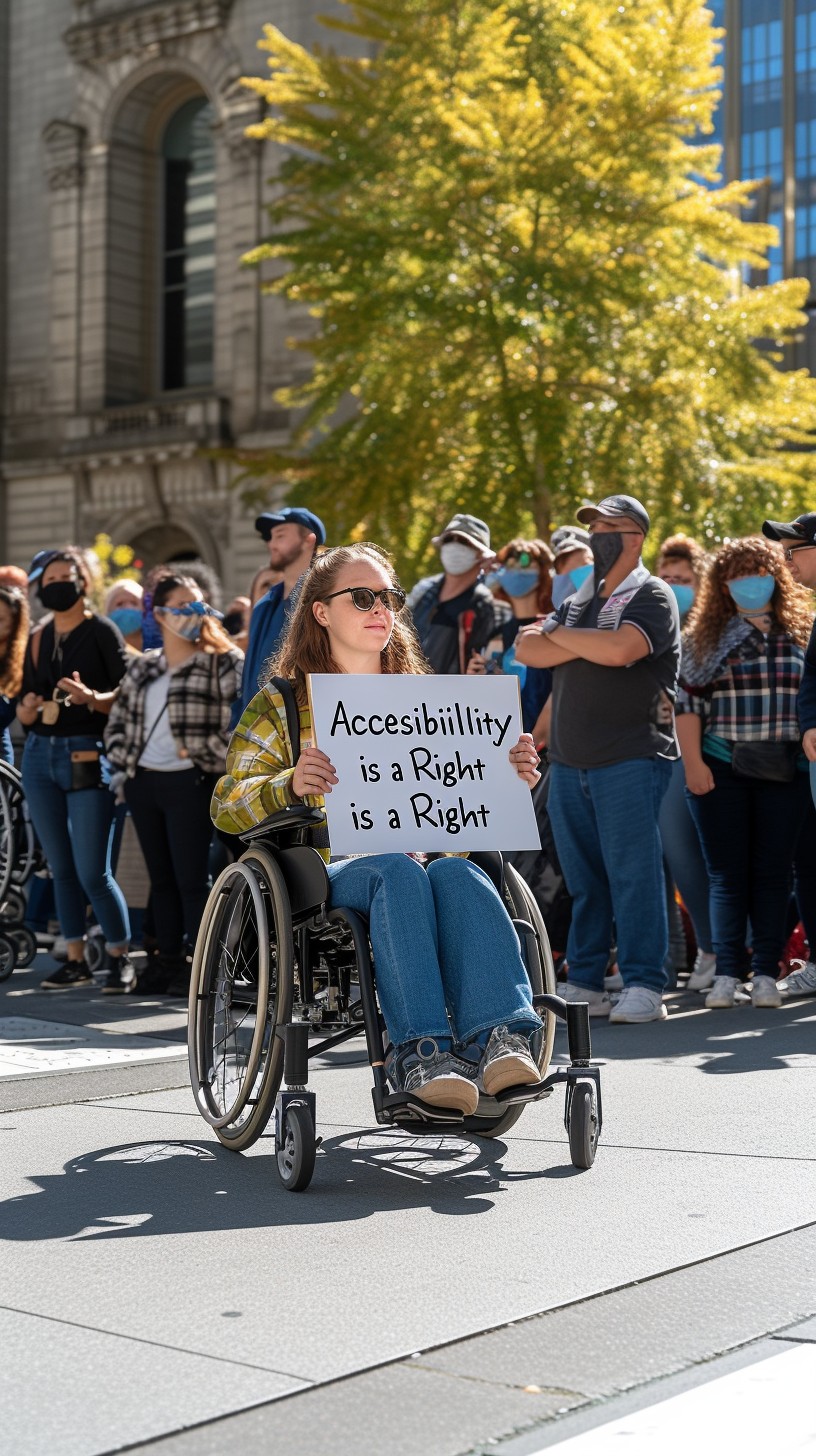Observing the struggle of disabled people in Kenya, where I serve as a social development volunteer, I have realized the exceptional severity of these people’s issues. I have learned from my experiences that while such individuals may have families and unspecified support from the community, they have to endure struggles daily.
Esther is one of those victims who faced unspeakable situations. She is a 28-year-old woman from the Viwandani location and has been incapacitated all her life; she has been in a wheelchair, unable to do anything for herself. She was born with a severe mobility disability that has affected her legs. Her daily life is filled with struggle and strength.
Like most people in the neighborhood, she lives in a conventional house; however, her home has inadequate arrangements. Due to narrow doorways and uneven floors, she has many problems moving around. What we may consider routine activities, such as sourcing water, cooking, and medical care, turn into herculean tasks. The lack of proper infrastructure forces her to rely on family and neighbors, but a lot is expected from them since they are also bound by their limitations and the overwhelming nature of the tasks.
Public transport in Kenya, for instance, does not factor in the physically challenged, who require special assistance in their everyday activities. In the case of Esther, moving from one point to another, say, to get to a health clinic or any other place, needs planning and, at times, waiting for specific arrangements. This usually results in a reluctance to seek timely medical assistance, worsening her health and general well-being.
These members also lack educational and employment privileges. Even though there are schools and vocational training institutions in Kenya, most of them are not friendly to persons with severe disability, or their facilities cannot accommodate them. Esther’s desire to attain a formal education and, in turn, gain decent employment remains a dream since the hurdles are unassailable. There are very few such jobs available in the first place, and the existing ones are situated in areas that are inaccessible to her.
Our attempts to help people like Esther aim to solve such problems by demanding improved physical facilities, calling for integration for students with disabilities, and increasing access to specialized health facilities. However, fundamental changes can only be brought about through the united actions of the Ministry of Education, local governments, and international organizations.
In conclusion, my experience as a volunteer with Esther and those in similar situations has changed my way of perceiving things. And each one is a vivid reminder of the role of an empathetic individual, of the system, which desperately needs to be changed and of the need for the society, which should be built from scratch. Every change that seeks to enhance the accessibility and equity of people with severe disabilities in Kenya goes a long way in changing society. Still, making these people feel wanted, valued, and productive is a long way to go.


Login to join the discussion